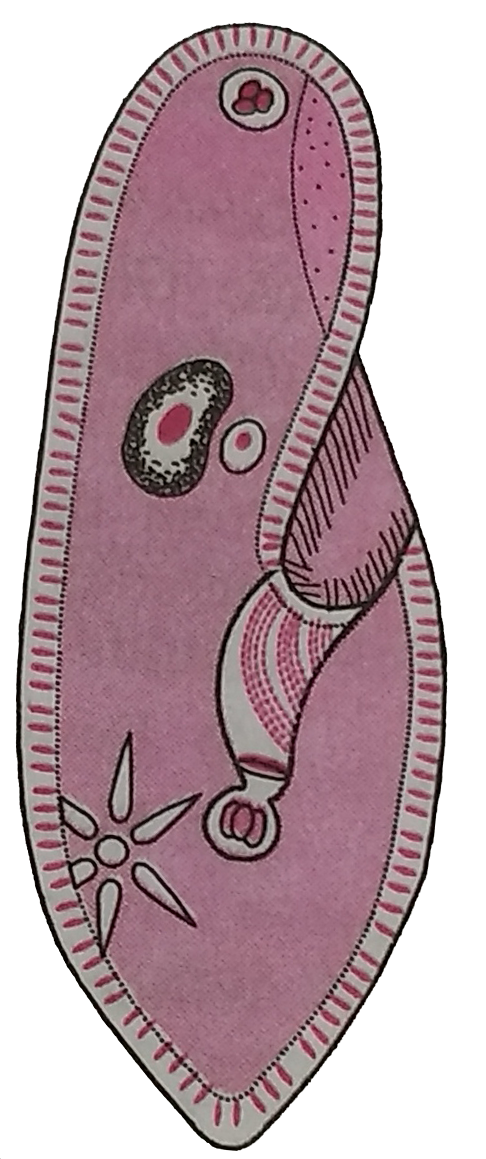Explain the characteristics or features of Northern plains?
Text Solution
The Northern Plains.
(i) These plains extend approximately 3, 200 from the east to the west.
(ii) The average width of these plains varies between 150-300 km
(iii) The maximum depth of alluvium deposits varies between 1000-200 m.
(iv) The area covered by the plains is 7 lakhs square km and is most densely popualated region of country.
From north to South, these plains can be divided into three sub divisions: Bhabar, Tarai and Alluvial Plains. The alluvial plains can be further dividied into the Khadar and the Bhangar.
Bhabar
(i) It is a narrow belt ranging between 8-16 km parallel to the Shiwalik foothills at the breaking of the slopes.
(ii) The streams and rivers coming from of rocks and boulders and at times, disappear in this zone.
Tarai
(i) Its approximate width is of 20-30 km where most of the streams and river re-emerge without having any properly demarcated channel, therby, creating marshy and swampy condition known as the Tarai.
(ii) It has a luxurious growth of natural vegetation and houses a varied wild life.
Alluvial Plains
(i) These plains have characteristic features of mature stage of fluvial erosional and depositional landforms such as sand -bars, meanders, ox- bow lakes and braided channels. The Brahmaputra plains are known for their riverine islands and sand bars.
(i) The mouths of these mighty rivers also form some of the largest deltas of the world, for example, the famous Sunderbans delta.
(iii) These river valley plains have a fertile alluvial soil cover which supports a variety of crops like wheat, rice, sugarcane and jute, and hence, supports a large population.
|
Topper's Solved these Questions
- STRUCTURE AND PHYSIOGRAPHYBook:FULL MARKSChapter:STRUCTURE AND PHYSIOGRAPHYExercise:Additional Questions With Answers (V. Hots Questions)
Explore 2 Videos
- STRUCTURE AND PHYSIOGRAPHYBook:FULL MARKSChapter:STRUCTURE AND PHYSIOGRAPHYExercise:Additional Questions With Answers (VI. Map/Diagram Based Questions)
Explore 6 Videos
- STRUCTURE AND PHYSIOGRAPHYBook:FULL MARKSChapter:STRUCTURE AND PHYSIOGRAPHYExercise:Additional Questions With Answers (II. Short Answer Type Questions)
Explore 4 Videos
- SOLAR RADIATION, HEAT BALANCE AND TEMPERATUREBook:FULL MARKSChapter:SOLAR RADIATION, HEAT BALANCE AND TEMPERATUREExercise:ADDITIONAL QUESTIONS WITH ANSWER MAP SKILL
Explore 1 Video
- TOPOGRAPHICAL MAPSBook:FULL MARKSChapter:TOPOGRAPHICAL MAPSExercise:ADDITIONAL QUESTIONS WITH ANSWERS (Viva Questions)
Explore 5 Videos
Similar Questions
Knowledge Check
Characteristic feature of halophyte is
AVelamenBLenticelCPneumatophoreDHydathodeIdentify the characteristics features of diatoms
ACell wall is made of cellulose, floating om water and produce auxosporesBCell wall is made of chitin, fixed form and produce auxoporesCCell wall is made of silica, floating on water and produce auxosporesDCell wall is made of silica symbiots and produce zoosporesIdentify the characteristic features of diatoms
 ACell wall is made of cellulose floating on water and produce auxosporesBCell wall is made of chitin, fixed forms and produce auxosporesCCell wall is made of silica, floating on water and produce auxosporesDCell wall is made of symbionts and produce zoospores.
ACell wall is made of cellulose floating on water and produce auxosporesBCell wall is made of chitin, fixed forms and produce auxosporesCCell wall is made of silica, floating on water and produce auxosporesDCell wall is made of symbionts and produce zoospores.
What are the characteristic features of monocots ?
View SolutionWhat are the characteristic features of monocots ?
View SolutionDescribe some features of the northern plains of India?
View SolutionCharacteristic feature of mangrove plantsis
View SolutionWhich is not characteristic feature of arthopods
View Solution
